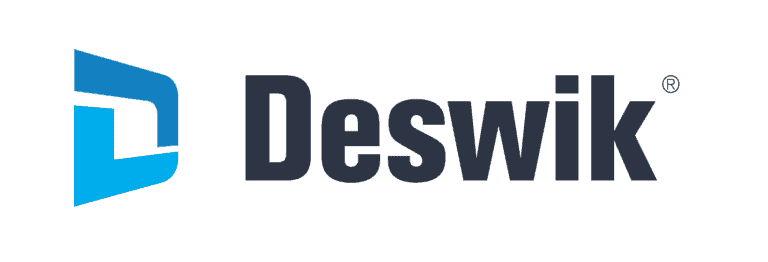Processing Your Hovermap Data in Deswik
In July 2020, we partnered with Deswik to help mining companies incorporate the high-quality data captured with Hovermap into their mine plans and surveys.
Some are already seeing the benefits of this, including Evolution Mining, who are finding their stope reconciliation is now a much smoother process.

“Hovermap provides 100% data coverage, so we’re no longer spending time slicing or manually figuring out stope shapes for void recons,” said Matt Jones, Senior Surveyor at Evolution Mining in an Emesent webinar.
A co-designed, semi-automated workflow has been created to import Hovermap data into Deswik’s design and solids modelling platform, Deswik.CAD. This workflow enables users to translate the Hovermap data within minutes, creating usable surfaces, solids and point clouds for as-built surveys, volume reporting and design updates.
“This custom design process map allows us to bring the point cloud straight from the Hovermap processing software into Deswik and do the geo-referencing, which is really quick and easy.” added Matt.
Some of the functions this process uses sit within Deswik.AdvSurvey, the advanced survey module. However, there are ways to do this with a standard Deswik.CAD license.
The process begins by importing the scan and generating layers for the workflow. The scan is then coordinated for inclusion on the mine grid. Each of the survey stations gets a new point digitized onto the cloud, and the user is prompted to name each point. The digitized survey stations are queried to confirm they are in the right spot and displayed in a table. This can be copied into a spreadsheet for future reference.
Then the transformation tool is run, and now that the scan has been coordinated into the mine grid, the solid can be created. On completion of the solid, small discrete solids will be removed, and the user is prompted to include some attributes for further use in the mine.
Lastly, some clipping planes can be added to see inside the stope and check the result.
While this is the standard “Hovermap to Deswik” workflow, others are available, including processes to boolean out the development from a stope, perform stope reconciliations, generate over- and under-break, and a design and planned shape.
For a detailed explanation of the workflow, watch this step-by-step demo video narrated by Deswik Product Manager for Survey, Stephen Rowles.
